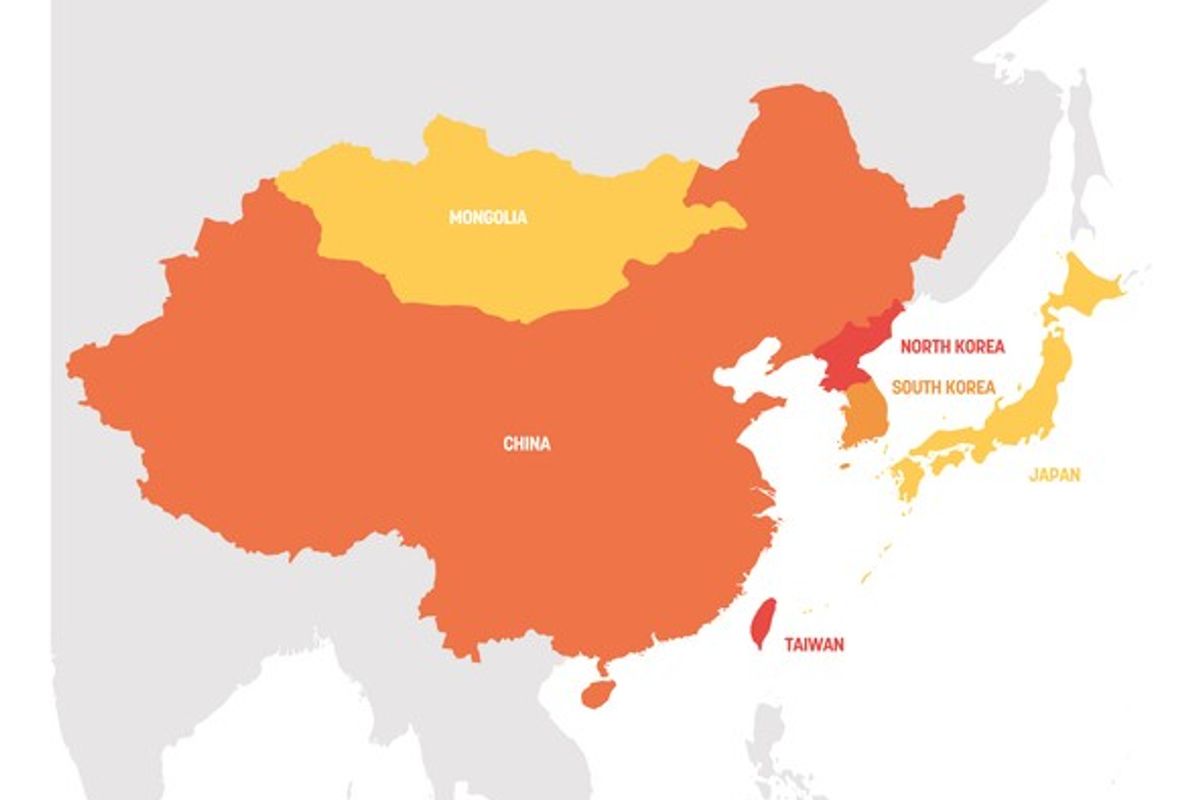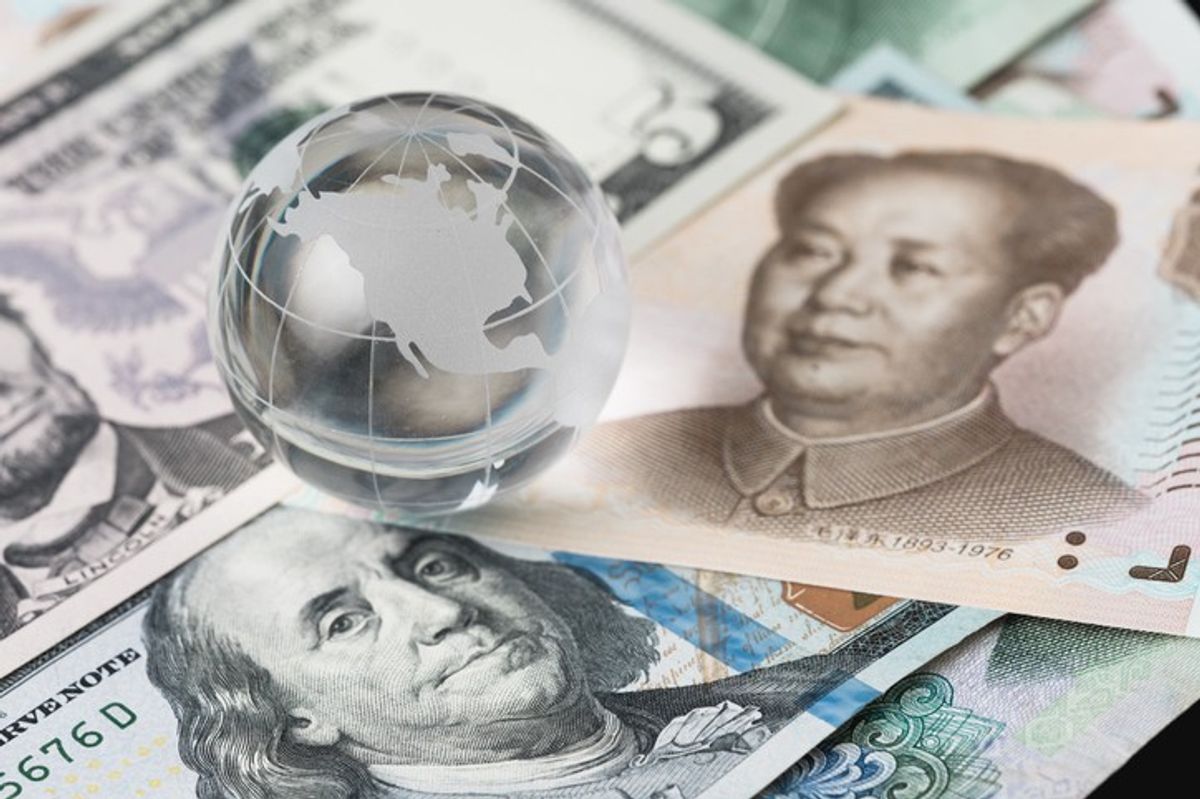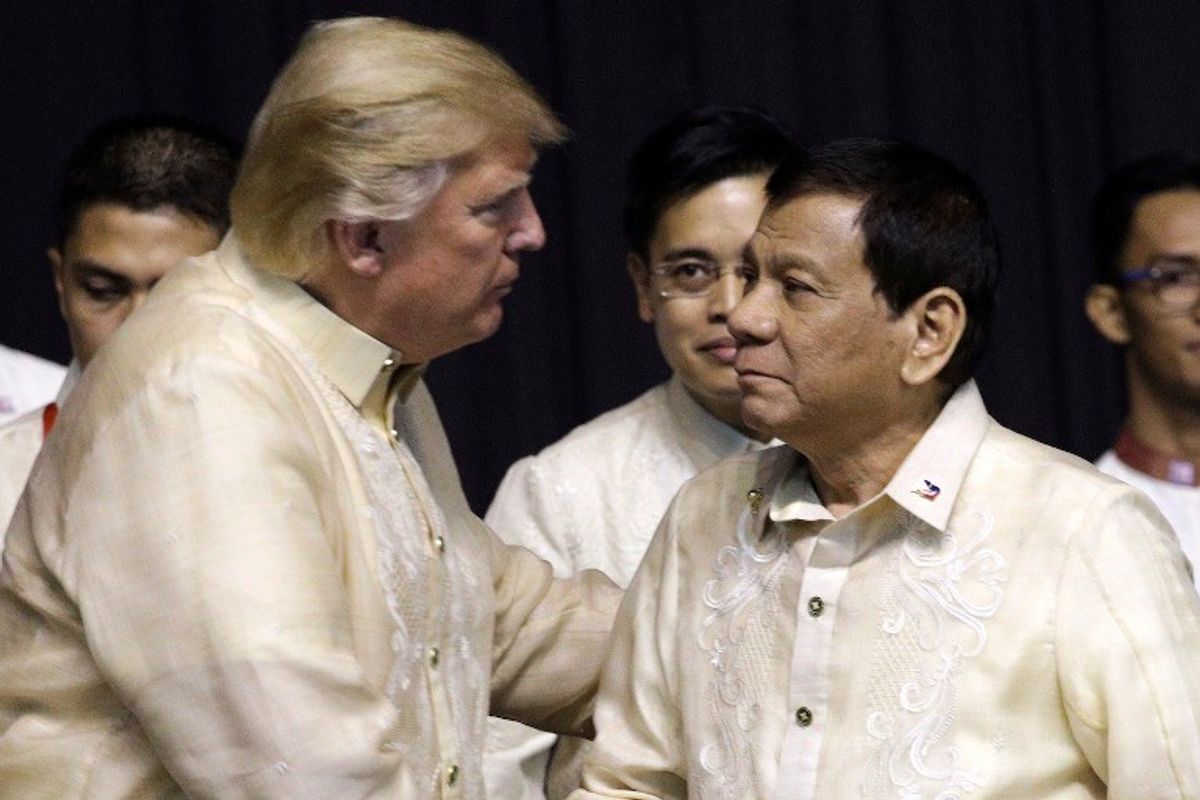For America’s foreign policy establishment, the Trans Pacific Partnership (TPP) is a grand “twofer.” It will improve U.S. national security by countering China’s growing economic, political, and military power in the Asia-Pacific region. At the same time, it will stimulate U.S. exports and thereby reduce the chronic U.S. trade deficit and create millions of American jobs.
Unfortunately, this is a grand illusion based on fundamentally false premises about national security as well as trade and globalization.
The first problem lies in the notion that the United States can buy stronger allies. By fostering more open markets between America and certain countries and by making investment and production in those countries more secure for American and global investors and producers, the countries will become stronger allies on geo-political issues, especially with regard to China. While this sounds logical, especially to those who desperately hope for it, experience demonstrates that the world often doesn’t work that way.
Before World War I, Great Britain and Germany were each other’s biggest trading partners. Germany and France were also major trading partners. Cross investment by industry among these three countries was also substantial. But that did not prevent them from going to war. Before World War II, the United States was Japan’s largest trading partner. But that did not prevent the outbreak of war at Pearl Harbor. Today, China and the United States are among each other’s top three trading partners while U.S. industry is heavily invested in China, and China is the second largest holder of U.S. Treasury bonds. None of that has prevented rising security tension between the two countries. Indeed, as the trade has grown and China has become a richer, more powerful country, the tension has increased, contrary to the forecasts of the foreign policy elite.
For about 75 years, the United States has kept about 50,000 troops in Japan and 35,000 in South Korea. The U.S. Seventh Fleet, home ported in Yokusuka, Japan, has patrolled the western pacific and South China Sea from Japan to the Straits of Malacca, thereby providing security not only for U.S. treaty allies Japan, Korea, and the Philippines, but also for Singapore, Malaysia, Indonesia, and the other nations of Association of Southeast Asian Nations (ASEAN). Over this time, U.S. trade with and investment in many of these countries has exploded, and the United States has accumulated increasingly large and chronic trade deficits with most of them, as their markets have remained relatively more controlled than the U.S. market. In effect, the United States has been providing them defense free of any cost while strongly supporting the growth and job creation of their economies. Now, our leaders tell us that we must do more to assure that these countries will not be sucked into China’s orbit.
It is said that the definition of insanity is doing more of the same old thing and expecting a different result. If the very generous terms of trade, investment, and security already extended to these countries have not assured their geo-political support, it is unlikely that even more generous terms will do so – especially since even as they negotiate with the United States, virtually all of the TPP countries along with others like South Korea and India are negotiating the Comprehensive Regional Economic Program (CREP), which is China’s version of the TPP. You may, thus, count upon it that nothing contained in the TPP will change the behavior, loyalty, or drift of the TPP countries. As something to increase U.S. national security, the TPP is an empty vessel.
Even more empty is the promise that the TPP will reduce the U.S. trade deficit, help revitalize the U.S. economy, and create lots of good jobs for Americans. For example, the U.S. International Trade Commission’s econometric model forecasts a 0.23 percent gain (about $57.3 billion) in U.S. GDP by 2032. This is no more than a rounding error for that kind of a forecast. And we must keep in mind that the forecast assumes no recessions and no financial crises.
In fact, a better guide to what will actually happen if TPP is ratified is the recent experience of the United States with the inclusion of China in the World Trade Organization (WTO) and with the U.S.-Korea Free Trade Agreement (KORUS) of 2012. In both cases, the U.S. trade negotiators and most analysts forecast that the deals would result in a surge of U.S. exports to those markets, a reduction of the U.S. trade deficit, and creation of multitudes of good U.S. jobs. In fact, in the case of China, the U.S. trade deficit grew about five fold over the next 15 years, and in the case of Korea, it doubled within four years, causing job loss rather than job gains.
The reason the forecasters always get it so wrong is best illustrated by a comment often made by President Barack Obama. In remarks, he sometimes opines about how in the wake of a TPP, U.S. made autos will roll down the streets of Tokyo. Although he is a very smart guy, the President is ignorant about trade. He and others suppose that the reason foreign cars mostly don’t appear on Japanese roads is because of tariffs or other trade barriers that can be negotiated away. But that is not the case. Rather, the reason is the control of most auto dealerships by the Japanese auto producers, an issue not on the TPP negotiating agenda.
Other similar non-negotiated but major determinants of trade flows are the manipulation of currencies by virtually all the Asian exporting countries, the use of tax holidays and investment subsidies to encourage the off-shoring of U.S. production to Asia, the lack of effective anti-trust provisions in major TPP markets, and the use of informal but very effective “ administrative guidance” by powerful bureaucracies in non-democratic or quasi-democratic countries to make investment in local production and transfer of technology conditions of market access.
None of this is effectively covered in the proposed TPP. Thus, it fails the test of value on both national security and national economic welfare grounds. It should be euthanized.











